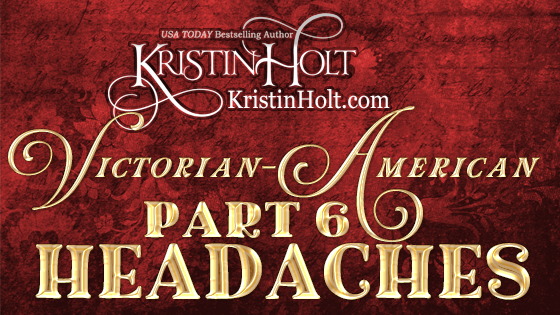
by Kristin Holt | Nov 5, 2019 | Articles
Part 6 in a series of 11 articles, all about headaches in Victorian America.
Today’s article takes a look at various “doctoring at home” remedies published in newspapers and books, all from the final decades of the 19th century, United States of America. Each newspaper or book snippet contains complete citations. Some remedies make sense, some seem like wild guesses, and others are simply ODD.
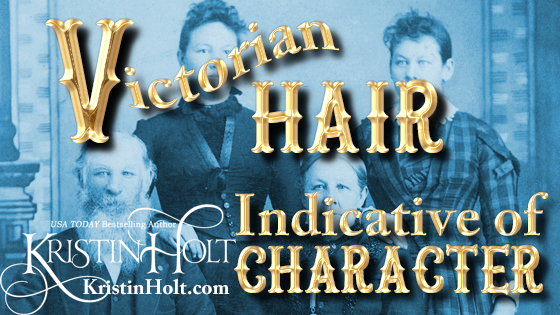
by Kristin Holt | Oct 14, 2016 | Articles
Similar in nature to the nineteenth century confidence in Phrenology as an indicator of personality and character, this descriptive (short) chapter from a barber’s manual from turn of the century (circa 1900) illustrates the Victorian-era suggestion that hair color is indicative of character. Did Mr. Bridgeford, Barber College teacher, accurately connect your hair’s nature to your personality traits?
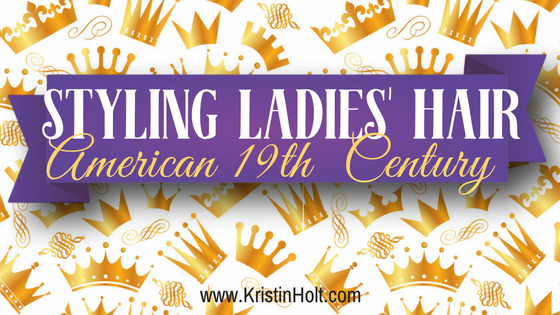
by Kristin Holt | Oct 11, 2016 | Articles
Though women wore their hair (for the most part) very long during the Victorian era, they still “styled” their hair with curls and bangs (false or real), twists, braids, updos of all kinds… Vintage newspaper articles illustrate women’s hair fashions of the late Victorian era.
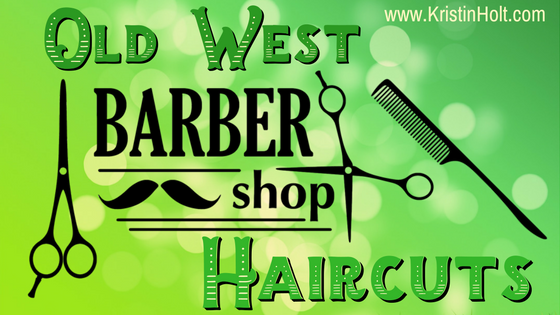
by Kristin Holt | Oct 2, 2016 | Articles
The Old West Barber Shop Blog Series continues. This article includes images of historic barber chairs, an antique towel steamer (and hot water dispenser), line art of the era illustrating the pedestal used in lieu of a barber’s chair, images from mail-order catalogues showing tools of the trade available for home purchase, and patents for barber chairs and devices. This series’ upcoming posts will detail Victorian-era men’s hairstyles, bath houses, bath tubs, shower baths, ingenious furniture-bath-tub combinations, and ladies’ hair salons.
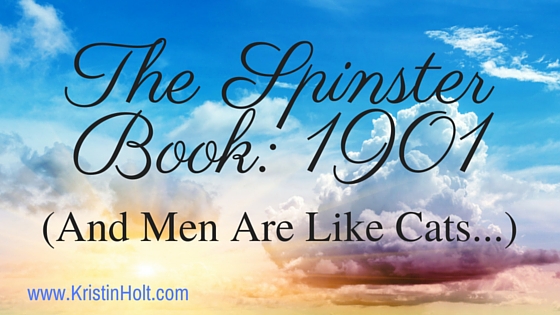
by Kristin Holt | Jul 17, 2016 | Articles
“A cross between guidebook and social commentary, The Spinster Book gives clever and humorous insights on topics such as courting, handling men and women, love letters, marriage and spinsterhood.” I share one of the book’s vignettes on men; how they compare to cats…and a most successful way (for a Victorian lady, at least) to win a man’s heart, an invitation to a live theater or opera production, and his undying adoration. The book was published in 1901. The author (Myrtle Reed)’s sense of humor shines through, and sheds more than a little light on Victorian attitudes about courtship.













